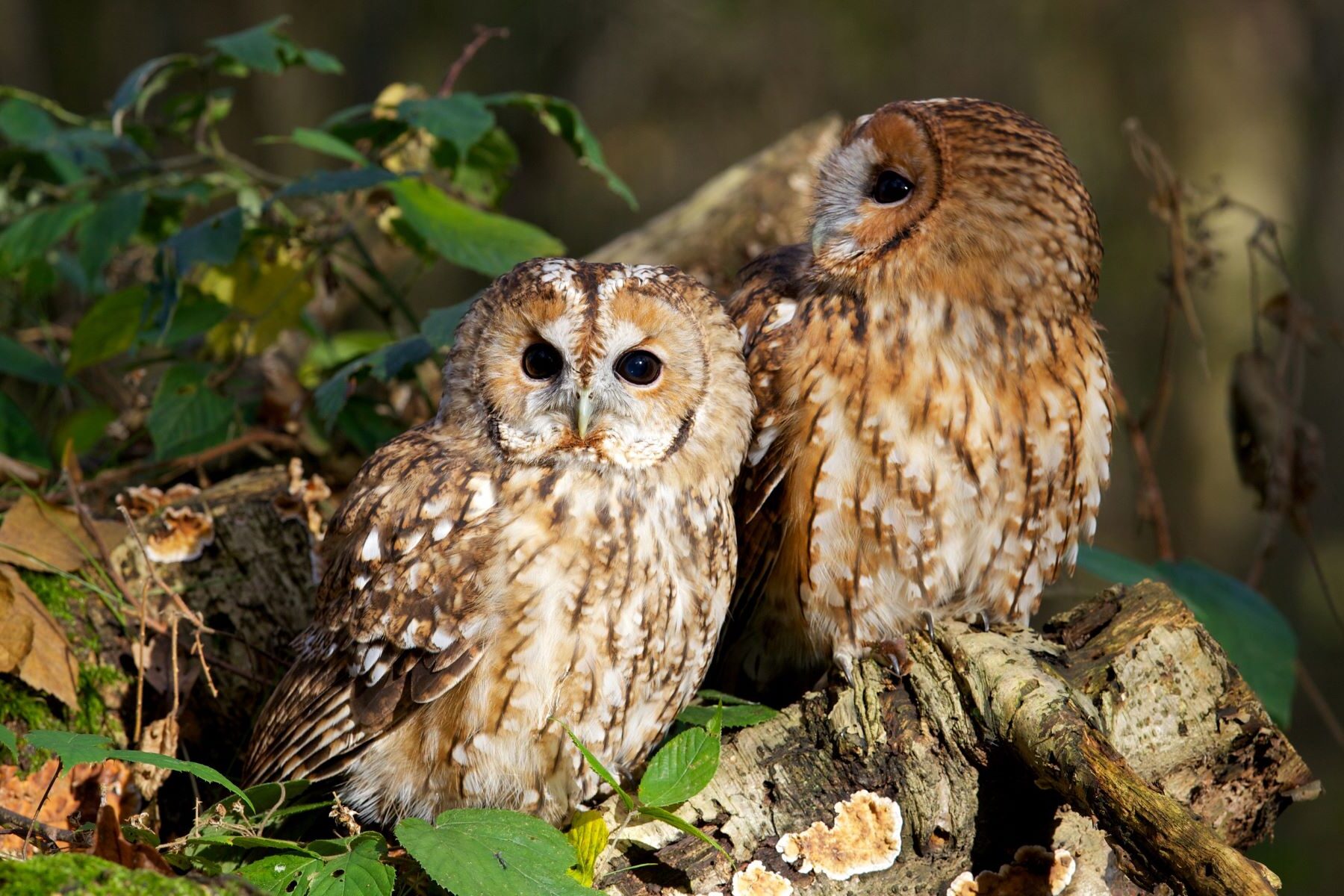The Noctua SEO/BirdLife control and monitoring program nida It will start in early December. That is possible in this new edition know the behavior of night birds thanks to the invaluable help of the volunteers working on this event.
The NGO’s Noctua nocturnal bird monitoring program has been running for more than 25 years with the aim of knowing the situation of nocturnal birds in Spain and being able to take action for their conservation. A citizen science initiative in which hundreds of volunteers participate every year. Through your cooperation between the months of December and June, you know how the populations of these birds in Spanish territory.
Some nocturnal birds of prey, such as the short-eared owl, the great horned owl and the tawny owl, begin their breeding season in late autumn and early winter when they are easier to recognize by their songs. From March these will be the European owl, the barn owl and the European owl begin their reproductive activity. And in the last months of spring it is the turn of the nightjars, although you can still hear some of the previous species.
A live camera from the nests
In addition to the Noctua program, for learn more about the daily life of one of the nocturnal birdsthis season we will have LIVE monitoring of a pair of tawny owls, a species that maintains its stable populations, which can be heard very easily at night in the places where it is present and its song is often used in films as background noise ‘ at night.
«Thanks to the new live tawny owl camera, installed in a nest box in a tree“You can see it 24 hours a day from your own home,” says Carlos Hernáez, SEO/BirdLife technician.
Meet the tawny owl
He Tawny owl is a medium-sized nocturnal bird of preyslightly larger than the short-eared owl or barn owl, and clearly smaller than the great horned owl. The plumage is extremely cryptic, with wide variations in the dominant tone, from gray to brown. Also characteristic is the ‘pitiful’ ululation, topped by a series of short, closely followed vocalizations, which can be transcribed as ‘houuuuu, ho, ho, ho, houuuuu’. When alarmed, they emit several “kuuwick” which can be very shrill.
It is a predator that adapts its diet to the available prey. Although it prefers rodents and other small mammals, it does not exclude large invertebrates, birds, reptiles and amphibians. To nest, they look for holes in old trees, sometimes in cuts and even human structures.and can also occupy boxes nido specially designed for this species. The usual clutch consists of 2 to 5 eggs, which are incubated by the female about 30 days from the first laying. The first flights usually occur about 30 days after hatching.
About the live camera
A partner of SEO/BirdLife, who has been following this and other couples in the area for years, selflessly gave a nest box and a camera he set up to observe the breeding of a pair of tawny owls live on the SEO/BirdLife channel. So during This year we were able to see 3 chickens growing and flying. For this breeding season, the organization’s team of technicians has made changes to the nest box and the imaging and communication equipment, to be able to add a high definition camera to the existing one and thus expand and improve the image.
«They have a fairly early heat, as it starts in December or January. During these autumn days we will be able to see both the reddish male and the grayer female, go to the nest at intervals from sunset to sunrise. Therefore, we can use the indoor camera, equipped with infrared light, or the outdoor camera to see the individuals.
Live cameras from NGOs
Since 2006, the NGO has been using live cameras as a means of communication to bring bird life closer to society and know their biology and behaviorand to provide an option to reconnect the nature from everywhere. Currently, the NGO is the only conservation organization in Spain that maintains a network of web cameras in the natural environment that broadcast live birds.
In addition, more than a hundred volunteers will monitor a number of these cameras every day for five years discover and spread the secrets of birds in their neststheir season of courtship, brooding, brooding, feeding and birth of chicks.
Volunteers who participate in the program do managed to collect up to 30,000 hours of data about the reproductive behavior of species by documenting what happens 24 hours a day. This is how it is known: the number of eggs, the incubation times, the type, number and size of its prey, the development time of the chicks, the feeding frequency and much more information.

